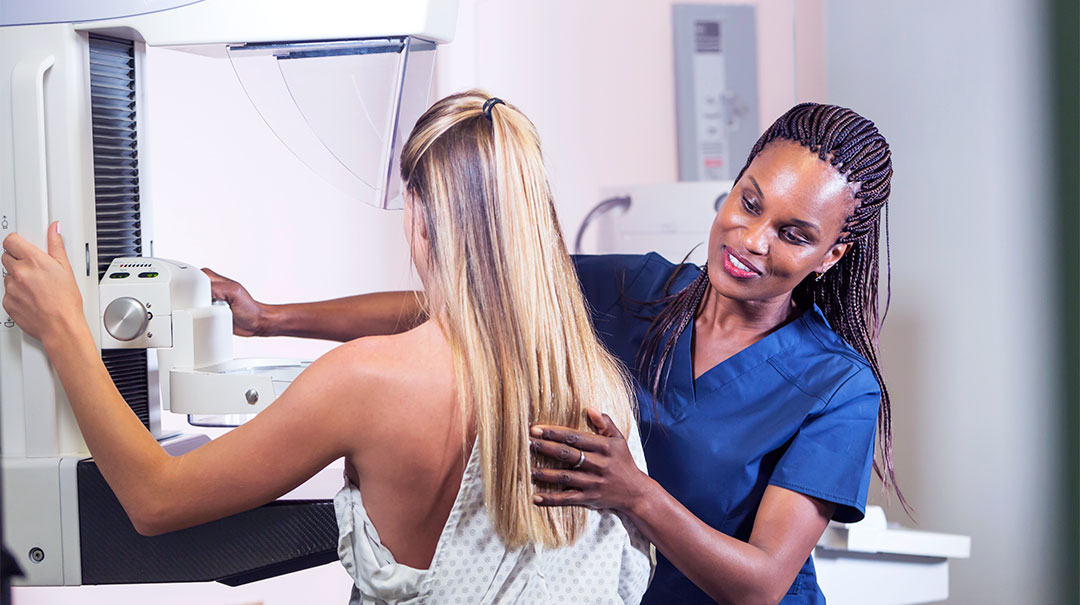A woman’s family history is important to consider when deciding mammogram options, says Dr. Ami Chitalia. Discover why it might mean more frequent screenings are necessary. bit.ly/2IzbdUb via @MedStarWHC
Click to Tweet
2. How do I prepare for a mammogram?
For optimal screening, women should schedule their mammogram when their breasts are the least tender, which usually is the week after their period. If they’ve had mammograms at another imaging center, it’s a good idea to bring those images and reports to their next mammogram, so a radiologist can compare them with current imaging. Furthermore, women should let the technician know if they have breast implants or have had previous breast biopsies, as these factors affect the shape and look of breast tissue under imaging.
Women should not use deodorants, perfumes, or lotions under the arms or around the breast area on the day of their mammogram. While most women say the breast-flattening technique used in standard mammography is just uncomfortable, some women find the process somewhat painful. Women can take a mild, over-the-counter pain medication before they come to the office to reduce discomfort or pain, as long as a doctor approves.
Once finished with their screening mammogram, women can expect to see results in about a week.
3. What happens if my mammogram is abnormal?
To address abnormalities, radiologists use what’s called a Breast Imaging-Reporting and Data System, otherwise known as the BI-RADS grading system. This system grades the abnormality from zero to six, with zero requiring additional imaging to look at an area of concern, 1 and 2 being normal with no further imaging required and six being a known malignancy, or cancer, in the breast. We will then make a recommendation based on the BI-RADS score—for example, depending on the score, it may be recommended to undergo another mammogram in six months, rather than the usual 12, or getting additional imaging over the next few weeks.
Additionally, a targeted ultrasound typically is done near a visualized abnormality. If an ultrasound shows a benign abnormality such as a cyst, it usually will be monitored annually or twice a year for the first few years to demonstrate stability. Some women also can have an excision to remove something benign that is found, such as a fibroadenoma, which is one of the most common breast lumps seen in women under 30. Women can then usually resume their regular mammography schedule if the lump is non-cancerous.
Expert mammogram care
We care for women at MedStar Washington Hospital Center with state-of-the-art equipment and imaging techniques, such as MRI-guided biopsies, which are only offered at select imaging centers. Moreover, we provide comprehensive care, so if patients have an abnormality, they can see a large team of experts all in the same building, including nurses, radiologists (who have expertise specifically in reading mammograms), surgeons, and medical oncologists.
Knowing when to get a mammogram can be difficult with all the information online and guidelines that seem to change every few years. To stay ahead of your breast cancer risk, talk to your doctor about personalizing a mammography schedule that considers your health history and unique needs.

